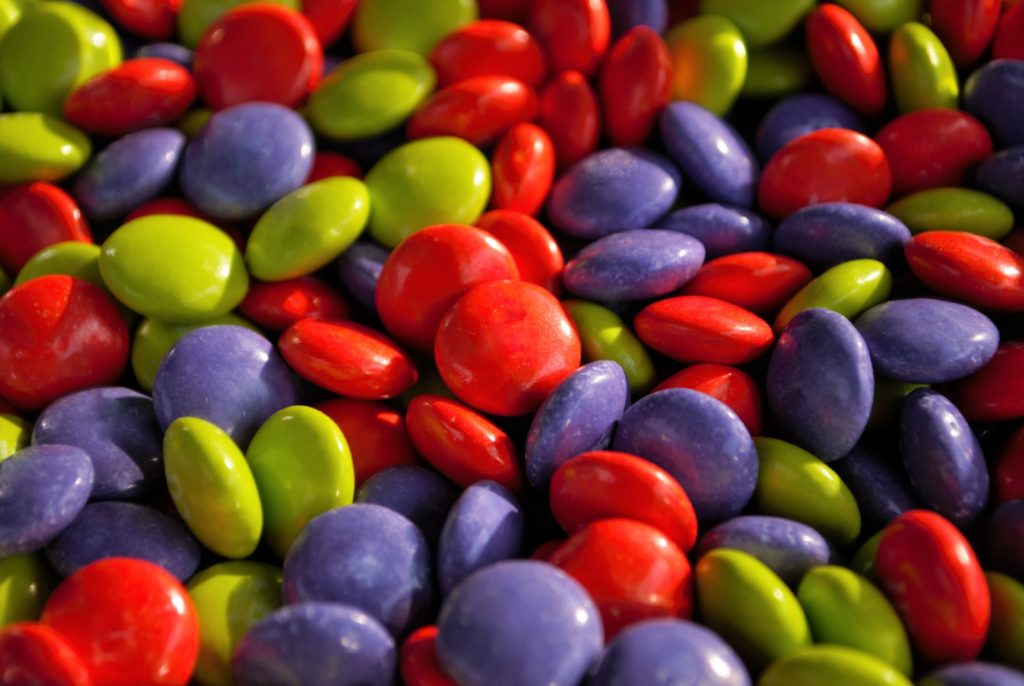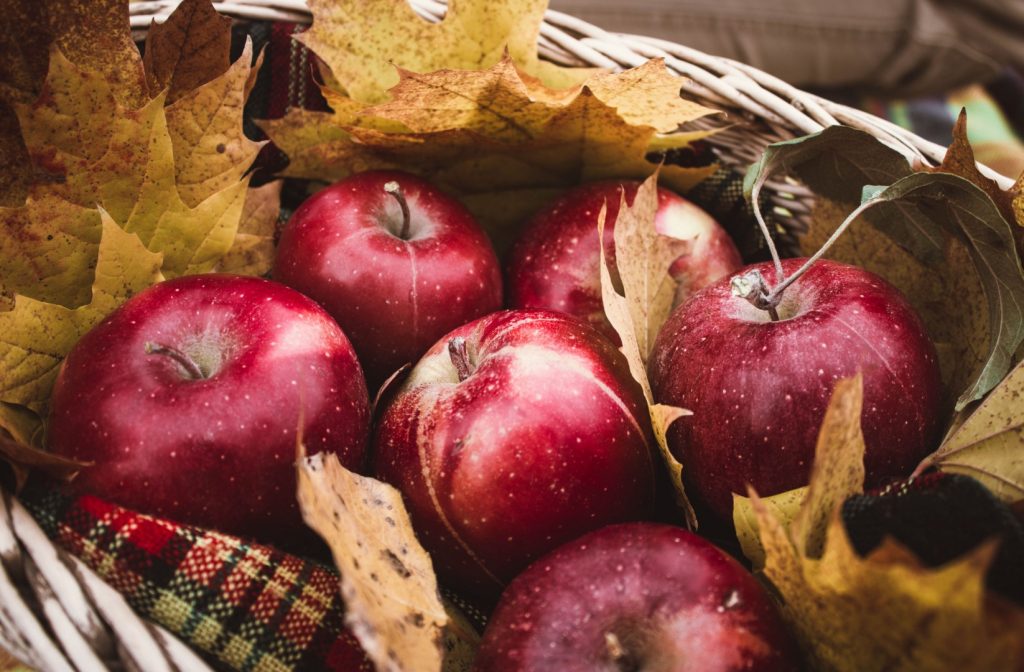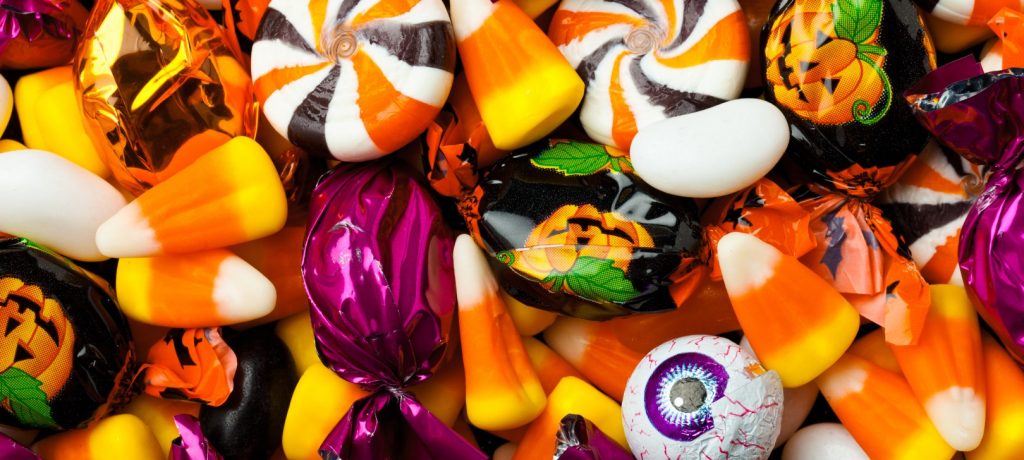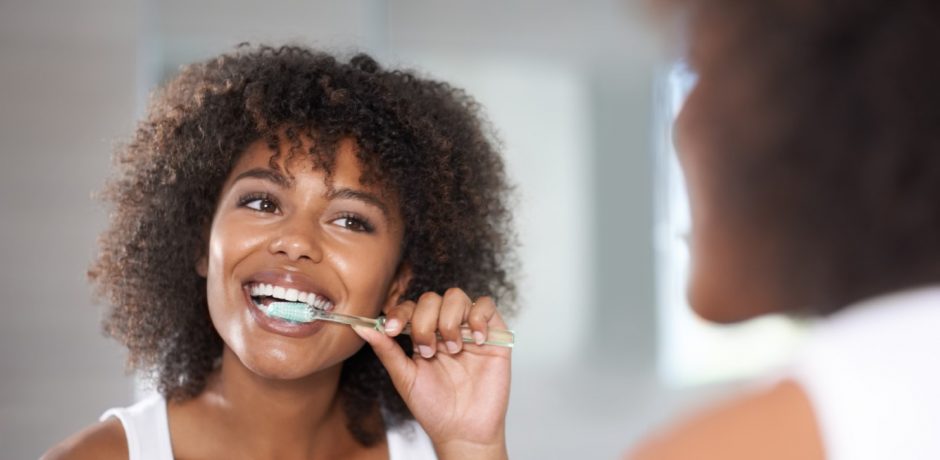What would you think if you heard someone talk about “Halloween teeth”? A vampire’s or werewolf’s glistening fangs? The stained, crooked choppers of a wicked witch? Maybe even plastic teeth you pop into your mouth as part of a costume?
But when dental professionals think of “Halloween teeth,” they think about candy and its frightening effects on oral health.
When we consume sugary foods and drinks, harmful bacteria in our mouths feed on those sugars and produce acids as byproducts. These acids attack tooth enamel, gradually weakening it and leading to tooth decay and cavities.
At Penn Dental Medicine at PHMC Public Health Campus on Cedar, we’re not interested in putting a “hex” on anyone’s Halloween fun. However, attending to dental and oral health during the spooky season can bring yearlong benefits.
If you’re a parent or guardian concerned about your children getting cavities, a good neighbor shopping for treats you’ll hand out to trick-or-treaters, or simply someone planning to indulge your sweet tooth on All Hallows’ Eve, read on for tips about minimizing Halloween’s teeth-threatening tendencies.
What’s the Worst Halloween Candy for Teeth?

Sugary Halloween treats are tasty. But eating too many of them and not cleaning your teeth enough afterward sets the stage for an oral health horror show.
Here is some of the worst candy for teeth at Halloween—or at any time:
- Sour Candy
Sour candy, often coated with a layer of citric acid, can be particularly harmful. The high acidity content wears away protective tooth enamel, leaving teeth vulnerable to tooth decay and cavities. Some sour candies have acidity levels equivalent to those of battery acid.
- Sticky Candy
The chewy texture of caramels, taffy, and gummies lets them linger on our teeth for long periods of time. They also tend to get stuck in teeth grooves and crevices. Our saliva and natural cleansing action can’t wash the sugary remnants away easily, giving cavity-causing bacteria ample opportunity to feast on the sugar and produce harmful acids.Orthodontics patients should especially avoid sticky Halloween candy. An emergency trip to repair broken braces is one thing you don’t want on your early November calendar!
- Milk Chocolate
 Milk chocolate candies, especially those filled with caramel or nougat, can harm your teeth due to high sugar content. Additionally, they often contain additives and fillers that get stuck between teeth. This situation promotes bacterial growth and increases the risk of periodontal (gum) disease.None of these candies offer exceptional nutritional benefits, either. Eating too much candy threatens not only your oral health but also your overall health.
Milk chocolate candies, especially those filled with caramel or nougat, can harm your teeth due to high sugar content. Additionally, they often contain additives and fillers that get stuck between teeth. This situation promotes bacterial growth and increases the risk of periodontal (gum) disease.None of these candies offer exceptional nutritional benefits, either. Eating too much candy threatens not only your oral health but also your overall health.
Is Dark Chocolate a Teeth-Friendly Candy for Halloween?
If the prospect of finding teeth-friendly Halloween candy is leaving you as gloomy as a snuffed-out jack-o’-lantern candle—don’t despair!
Calling dark chocolate a “health food” is a stretch. But most varieties of dark chocolate do have far fewer added sugars than milk chocolate or white chocolate. In addition, dark chocolate contains CBH, a compound that helps strengthen enamel, as well as high levels of antioxidants. Antioxidants can reduce inflammation, including gingivitis, the earliest stage of periodontal disease.
To truly reap dark chocolate’s benefits, choose a variety with a high cocoa content, preferably 70% or more.
Keep Halloween From Haunting Your Oral Health
 To better navigate the connection between Halloween candy and teeth problems, consider sugar-free candies and sugar-free gum. Artificial sweeteners can be a better choice for dental health because they may actively work against tooth decay.
To better navigate the connection between Halloween candy and teeth problems, consider sugar-free candies and sugar-free gum. Artificial sweeteners can be a better choice for dental health because they may actively work against tooth decay.
Also, you might offer fresh fruit. No, children may not clamor for fruit as they would a full-size candy bar. But its vitamins and minerals deliver oral and overall health benefits.
For example, apples are an iconic and delicious autumn fruit. Eating an apple won’t naturally remove dental plaque, contrary to popular belief. But apples are good sources of vitamin C, which can help prevent tooth decay. It also contributes to the synthesis of collagen, a vital protein for strong tooth structure.
(Do make sure your Halloween apples aren’t the caramel-covered variety. That hard, sticky coating will cancel out any dental or dietary benefits from the apple beneath.)
Whatever sweet treats you eat and drink this Halloween, follow these tips for protecting your teeth:
- Rinse with water immediately afterward, to help wash away any lingering sugar residue and food particles.
- Brush and floss your teeth later because doing it too soon can further damage weakened tooth enamel. Wait at least 30 minutes so your mouth can start mounting its natural, salivary defense.
- Pay special attention to your molars and gum line when you brush and floss, to remove any lingering food particles.
We know candy reigns supreme at Halloween. Digging into plastic buckets and pillowcases stuffed with sweet snacks is a big part of the holiday’s fun for children. (And for more than a few grown-ups!)
Rather than try to avoid the goodies completely, be mindful of how often and how long you eat candy. Opt for teeth-friendly candy when you can. Keep practicing good oral hygiene habits.
By making these smart choices, you can ensure a happy Halloween for your teeth!
For more practical tips about maximizing nutrition for healthy teeth and gums, download “How Are Nutrition and Oral Health Connected?” a free eBook from PDM.






